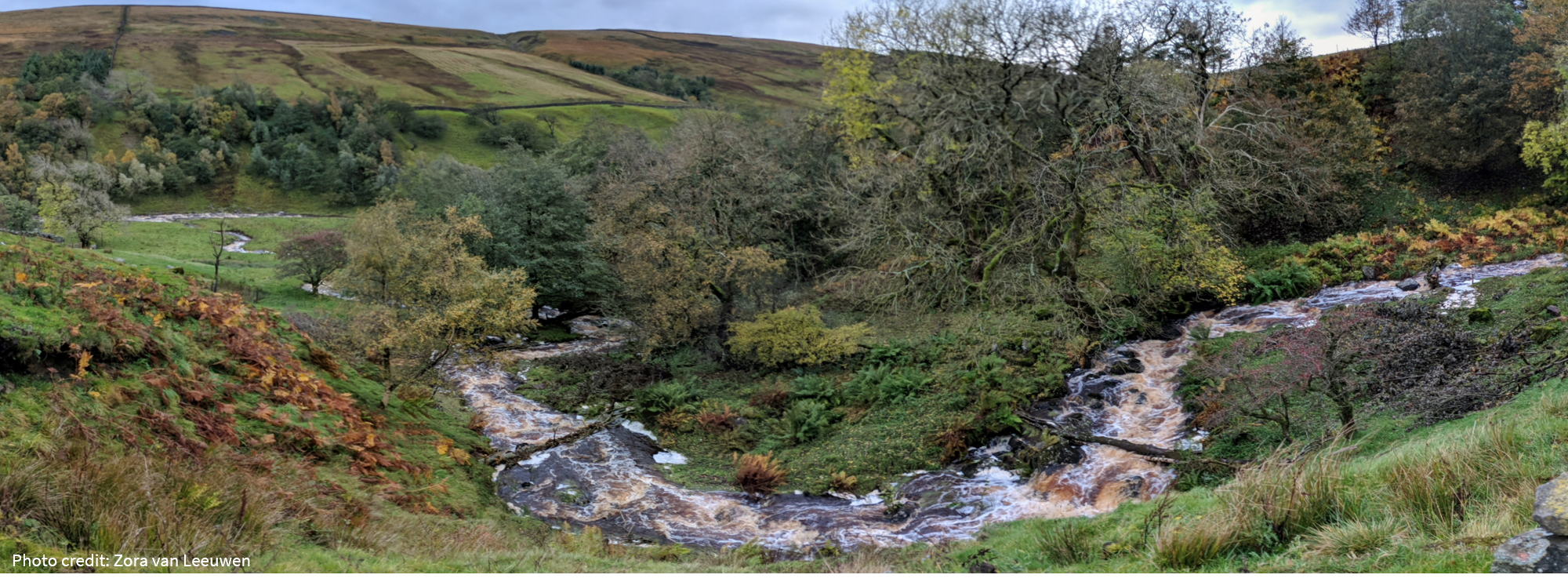
We have created an interactive map that shows where different types of river and catchment management approaches have the potential to help reduce flood risk by working with nature. The map also contains data we have assembled about natural flood management (NFM) projects to help build up a picture of what is being done across the UK. The interactive map shows three data sets:
Areas of Potential
This set of map layers shows areas where different types of river and catchment management approaches have the potential to help reduce flood risk by working with nature. The data is based on Defra, Environment Agency and Natural Resources Wales research published here, where you can find a detailed user guide about the Areas of Potential maps and a technical report describing how they were developed. The data sets shown in the maps can be found at www.data.gov.uk by searching for the term “WWNP”.Project Catalogue
These points show information about projects where the working with natural processes approach has been applied on the ground, or considered as an option, to help reduce flood risk. This approach is also known as natural flood management (NFM). The project catalogue was last updated in 2018.Flood Maps
The flood maps are based on Environment Agency data about the risk of flooding in England and past floods. The data sets shown in the maps can be found at www.data.gov.uk.About the maps
The maps are provided as a research resource and we cannot make definitive statements about the accuracy of the information they contain. In particular, we know that some of the information could go out of date, or that there may be relevant data points we are not aware of. The areas shown on the map are based on national data sets and models, so they should not be relied on for detailed planning, but they give an indication of the types of land management measures that could be considered.
Privacy Policy
If you have a login for the site, our Privacy Policy sets out how we handle your personal data. You do not need a login to view the data. Logins are created by website administrators.
